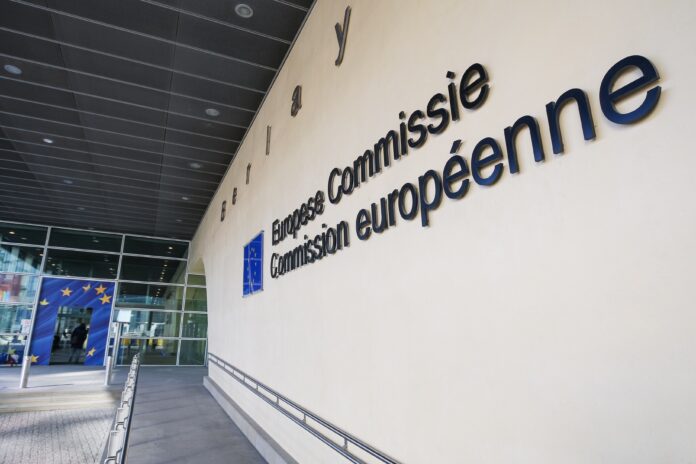CCIA urges EU policymakers to embrace “forward-thinking solutions” rather than focussing on incumbent players’ “doom and gloom”
Tech trade association the Computer & Communications Industry Association (CCIA) has countered ETNO’s recent paper, instead urging EU policymakers to adopt an approach that empowers the entire connectivity sector – rather than picking favourites, winners, and losers. A war of the papers has erupted ahead of the European Commission’s upcoming connectivity package – Digital Networks Strategy (DNS) on the future of telecom networks and infrastructure – due next month. Although the DNS will be a non-legislative package, it might prepare the ground for possible regulatory action by the next Commission.
CCIA points out that during the Commission’s consultation last year there were heated debates about big telecom companies’ demands for payments from online content and application providers, which it said “subsequently were rejected by a vast majority of stakeholders and Member States.” The upcoming DNS will include a Commission white paper, which among other things will look at the status of the digital single market and the creation of pan-European telecom operators.
With a major overhaul of telecom rules in 2025 on the cards, CCIA is presenting six proposals it said will help achieve the EU’s 2030 connectivity targets. These include measures to diversify broadband supply through satellites and Open RAN, supporting CDNs and subsea cables and to create market demand for 5G to foster market driven network deployments. CCIA also wants open peering policies for more efficient internet connectivity, more transparency and control over European connectivity funding and sustainable networks.
“Europe should not race blindly towards targets that may no longer even be valid. Stakeholders with vested interests will always keep arguing they need more money to achieve connectivity goals,” said SVP and head of CCIA Europe, Daniel Friedlaender. “The discussion to date has only focused on supporting one part of a much wider sector and has ignored whether or not there is sufficient consumer demand or interest.”
He added: “A toll road operator doesn’t want to invest in empty lanes that no one uses. You need to meet actual consumer demand in order to grow and invest. Rather than discussing how the EU can convince investors to give money to certain telecom operators, we should be talking about how we can drive consumer demand for all connectivity services first.”
Some good, some not-so good
CCIA’s proposals will draw some smiles and some exasperation in Europe’s telcos as solutions like satellite don’t always scale – either in capacity or cost – as access technologies and many regulators globally look at these technologies as complementary rather than substitutes. In addition, there is no hard evidence yet that a live, large-scale Open RAN network delivers fundamental savings many suggest, particularly if network elements have already been virtualised.
On the other hand, CCIA is right to state the “access network data traffic growth is not manageable” argument is on thin ice – data centre interconnect is a different market. As the association points out, CDNs and compression technologies are already making waves here. On 5G, CCIA’s suggestion of “nurturing a pro-innovation regulatory environment that encourages content and applications providers to deploy new products and services for which 5G can offer significant user-experience improvement” should be a priority over imposing network usage fees.


